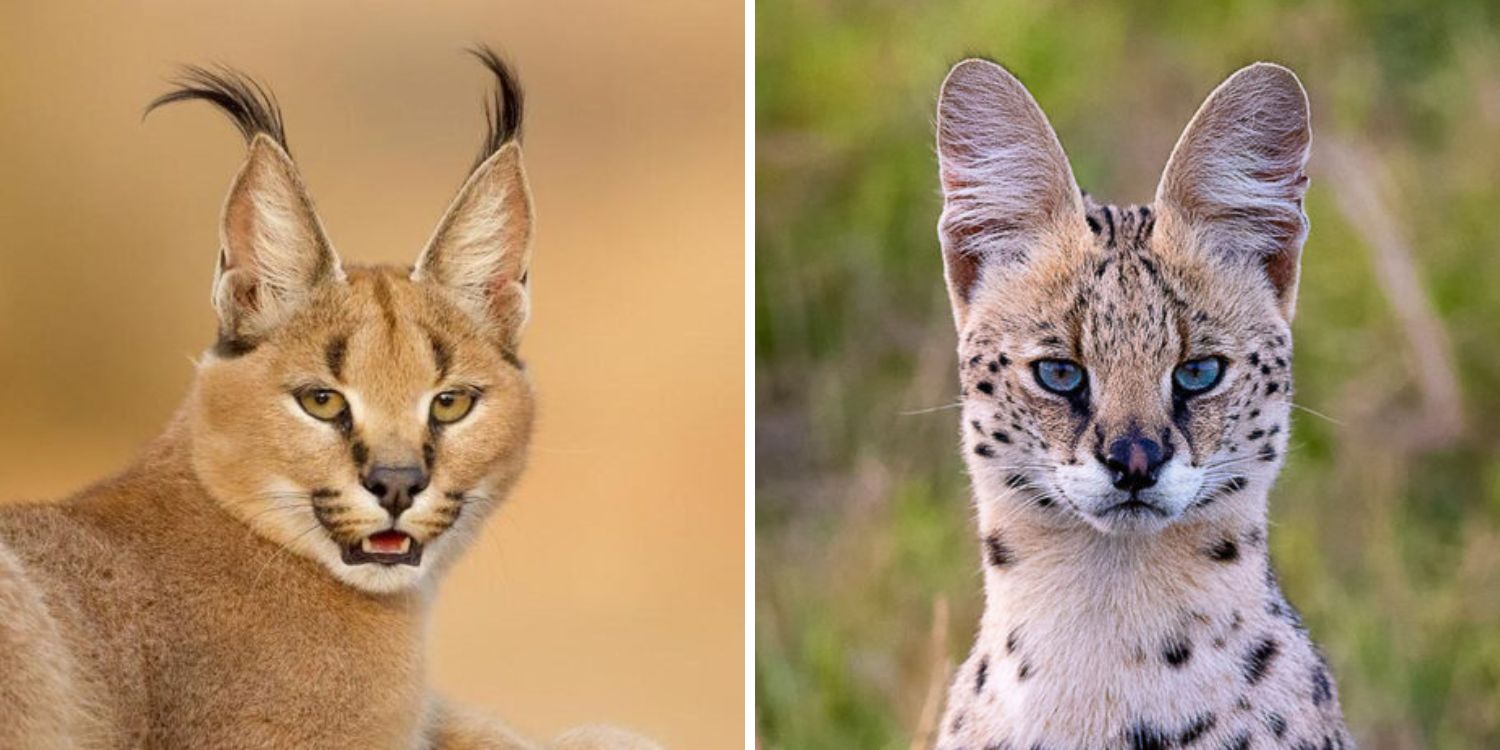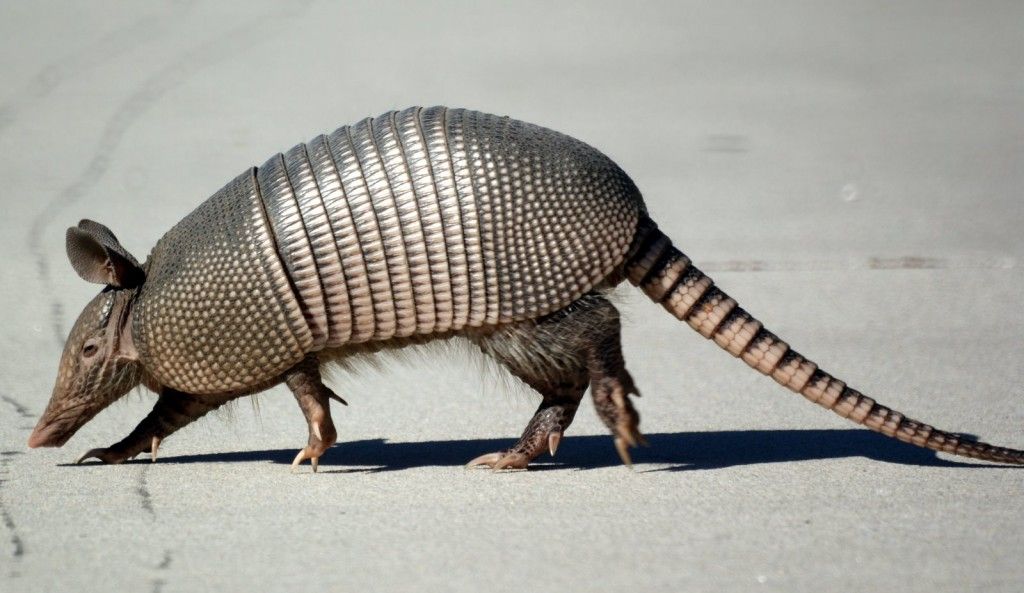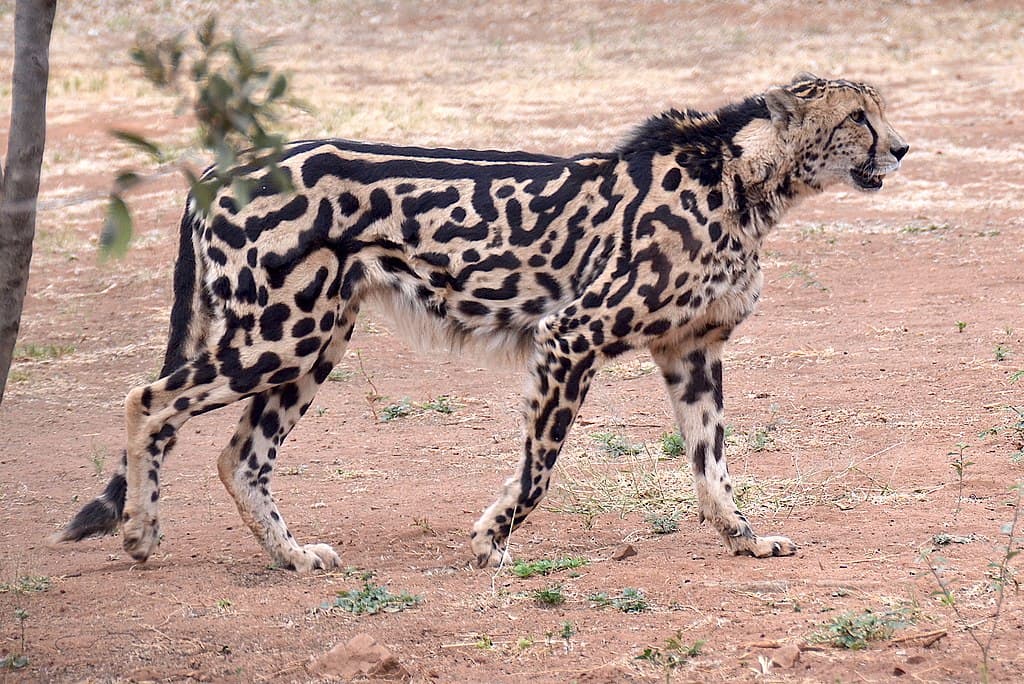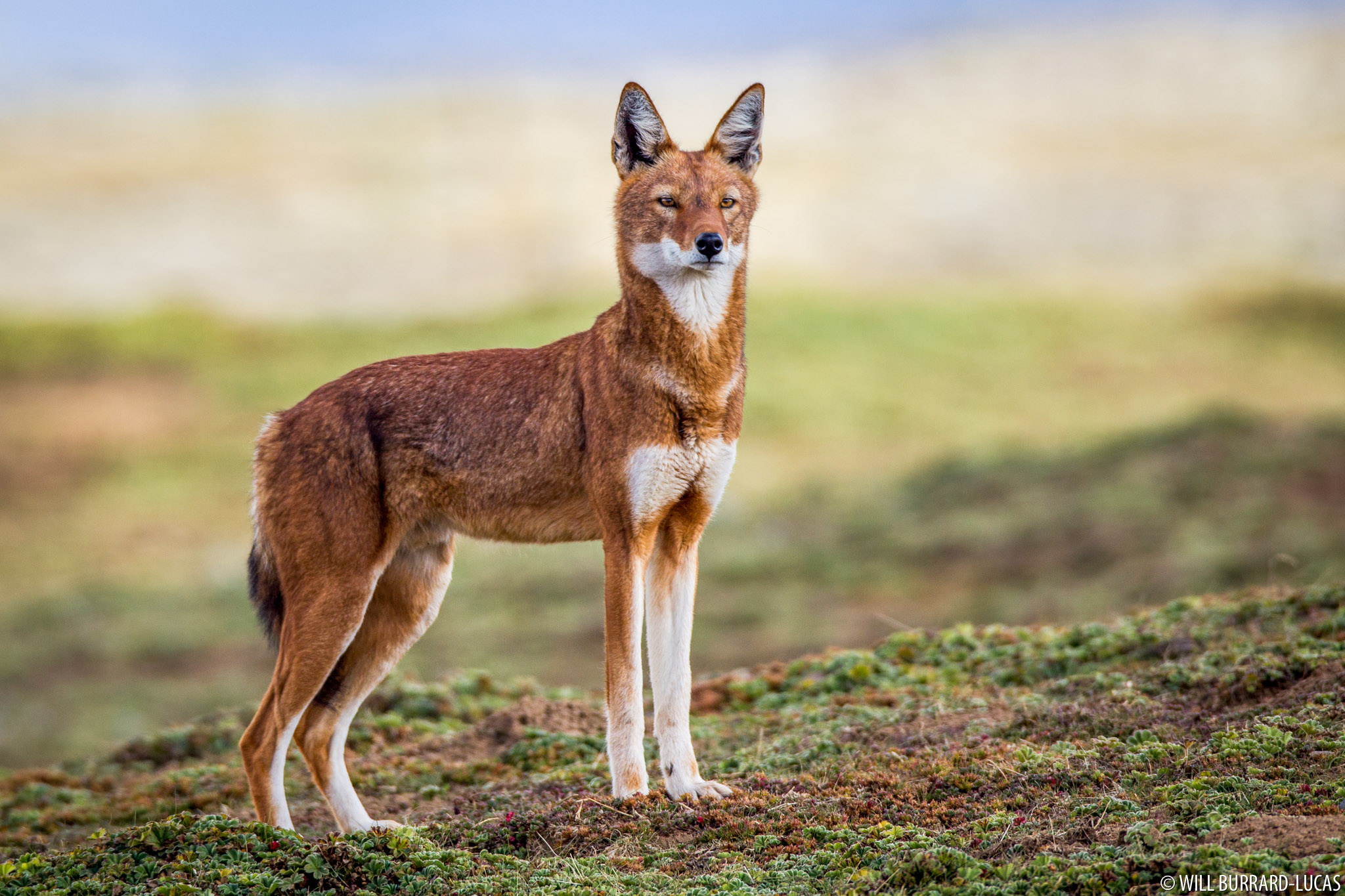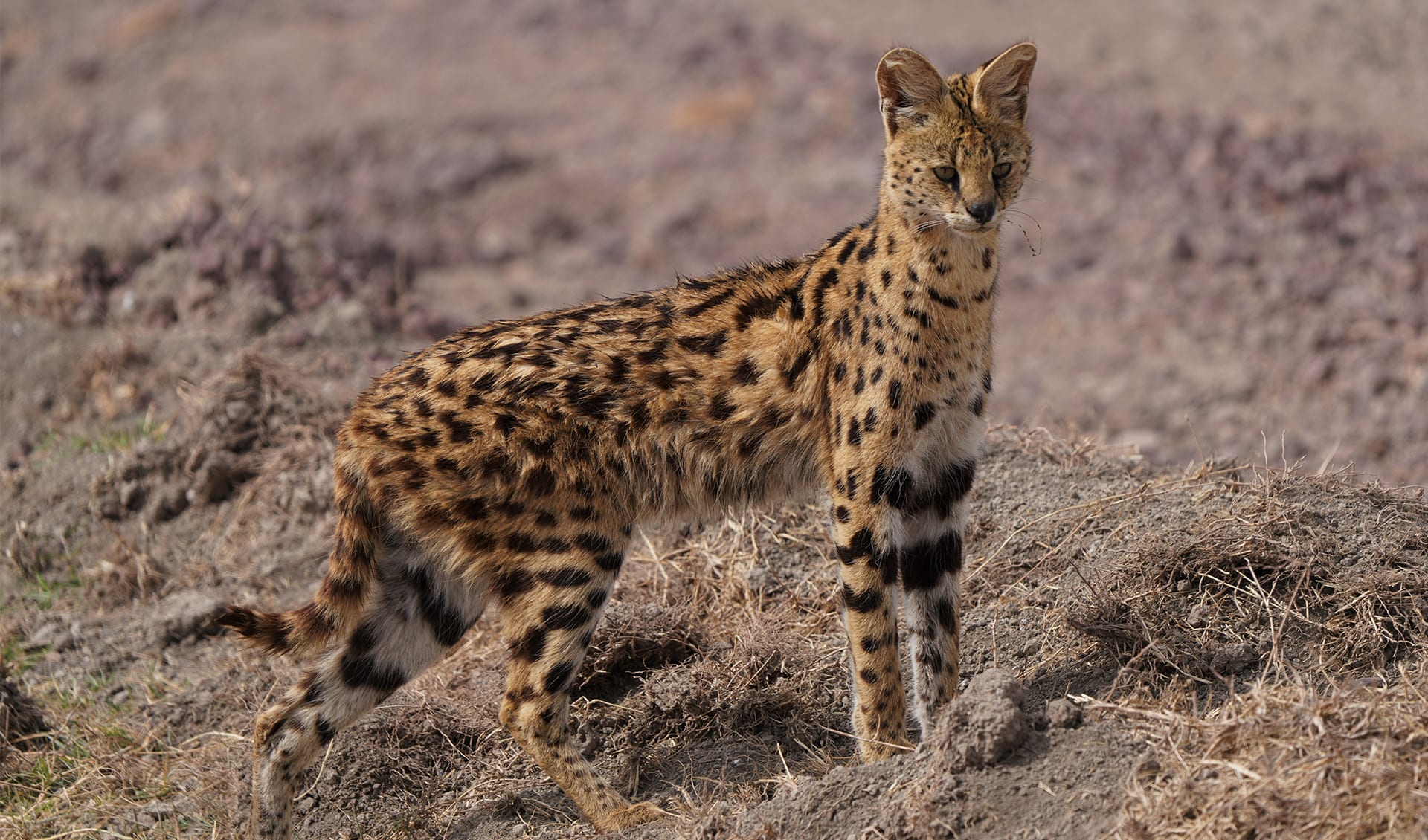
Spotlight on Servals: Africa’s Sleek and Stealthy Hunters
When it comes to wild cats, lions and leopards usually steal the show—but there’s another feline prowling the African savannas that deserves a moment in the spotlight: the serval. Sleek, spotted, and built for speed and precision, servals are one of the most fascinating (yet often overlooked) members of the cat family.
What is a Serval?
The serval (Leptailurus serval) is a medium-sized wild cat native to sub-Saharan Africa. It stands about 21–24 inches tall at the shoulder and typically weighs between 20–40 pounds. Don’t let its size fool you—this cat is all muscle, agility, and instinct.
What makes the serval instantly recognizable is its:
- Long legs—the longest legs relative to body size of any cat.
- Large ears—perfectly tuned to detect even the faintest sounds underground.
- Golden coat—decorated with black spots and stripes, providing perfect camouflage in tall grass.
Built for the Hunt
Servals are expert hunters—perhaps some of the most efficient in the feline world. While big cats rely on strength or teamwork, the serval relies on:
- Stealth and patience to stalk small prey.
- Exceptional hearing to detect rodents burrowing beneath the surface.
- Vertical jumping ability—they can leap 6 to 10 feet straight into the air to snatch birds mid-flight or pounce on prey from above.
Their diet mainly includes rodents, birds, frogs, insects, and even fish. They boast a hunting success rate of over 50%, which is remarkably high for wild predators.
Solitary and Secretive
Servals are solitary creatures, mostly active during dawn and dusk (crepuscular). They’re territorial and communicate using scent markings, vocalizations, and body language. Despite being elusive in the wild, servals play an important role in controlling rodent populations, making them ecologically valuable.
A Wild Cat with Exotic Appeal
Due to their exotic looks, some people have tried domesticating servals or breeding them with house cats (creating the controversial Savannah cat). However, servals are wild animals, not suited to domestic life. They require specialized care, space, and diet—needs that most people can’t fulfill ethically or legally.
Conservation Status
Servals are currently listed as Least Concern by the IUCN, thanks to their wide distribution and relatively stable populations. However, habitat loss, human conflict, and illegal pet trade pose ongoing threats in some regions.
Final Thoughts
The serval is a masterclass in elegance, efficiency, and evolution. From its towering legs to its lightning-fast pounce, every part of its body tells a story of survival in the wild. While it may not have the fame of a lion or the mystique of a leopard, the serval’s quiet brilliance is what makes it truly special.
So next time you think of Africa’s wild cats, don’t forget the sleek serval, gliding like a ghost through the golden grasslands.
Did you know?
A serval’s ears are so sensitive, it can hear a mouse squeak under the soil—and pinpoint exactly where to strike!
More photos below ↓













Disclaimer: This blog post is for edutainment purposes only and may not be entirely accurate.


